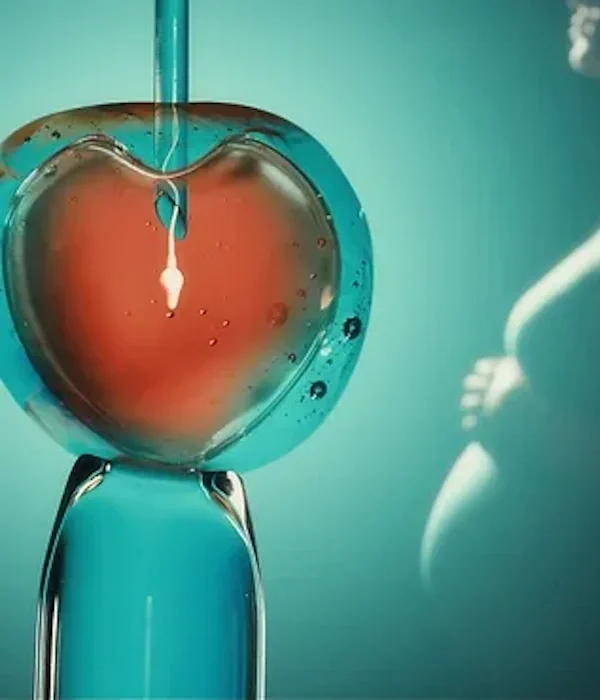
What is IVF and ICSI?
IVF and ICSI is the fundamental treatment of reproductive medicine.
– IVF stands for in-vitro fertilisation
– ICSI stands for Intracytoplasmic Sperm Injection
IVF and ICSI are the very same treatment and they have the very same steps based on the fact that the fertilization is taking place outside of the woman’s body – in the laboratory. The difference between IVF and ICSI lies in the technique which will be used for fertilization.
In classic IVF the egg and the sperm are combined in a laboratory dish in order the egg to get fertilized by the sperm.
In ICSI the sperm is injected with a needle into the egg in order to fertilize it. ICSI, is somehow more “invasive” than the classic IVF.
| Indications for IVF and ICSI | Absolute indications for ICSI |
|---|---|
| Fallopian tube damage or blockage | Severe oligozoospermia |
| Previous tubal sterilisation or removal | Severe asthenozoospermia |
| Impaired sperm production or function | Severe teratozoospermia |
| Ovulation disorders and anovulation | Testicular Biopsy |
| Endometriosis | Seminal anti-sperm antibodies |
| Unexplained infertility | Fertilisation failure with previous IVF |
| Genetic disorders | PGS/PGD patients |
| Premature ovarian failure | Poor quality oocytes |
| Fertility preservation for cancer or other health conditions | Fertilisation of cryopreserved oocytes |
What are the steps involved in IVF/ICSI Treatment?
1. Stimulation of the Ovaries:
During the normal menstrual cycle, every month only one follicle will grow enough to reach full maturity and release one egg (see chapter “How reproductive System Works”).
In IVF/ICSI treatment, the aim is to stimulate the ovaries so that more follicles will grow and therefore more eggs will be available for fertilization, increasing the chances of pregnancy.
To achieve the growth of multiple follicles stimulation injections are used in daily bases. There are a number of different drugs used for this purpose which all have a similar action. These injections are given just under the skin for a time period of 10 to 14 days.
There are some possible side effects from the stimulation injections such as: local inflammation, abdominal bloating and tiredness, headache, migraines, hot flashes, and very rarely hyperstimulation of the ovaries (see chapter “Risks of Fertility Treatment”).
2. Monitoring the growth of the follicles
A series of scans are needed to evaluate the number and the growth of the follicles in the ovaries. When the follicles are big enough and close to maturation the egg collection will be scheduled. It is worth to mention that during the stimulation period some other injections will be used along with the stimulation injections to prevent the eggs from being released from the ovaries naturally before the egg collection procedure.
3. Egg Collection
When the follicles are ready for egg collection one further injection, known as “trigger” injection (usually Ovitrelle) will be given about 36 hours before the egg collection to trigger the final maturation of the eggs.
The egg collection or oocytes retrieval is a surgical procedure performed under sedation. Using ultrasound guidance, a needle is inserted through the vaginal wall and into the ovaries. The fluid from each follicle is aspired carefully and collected in a test tube, which is then checked under the microscope by an embryologist in the laboratory for a presence of an egg. The collected eggs are placed into a dish with special culture fluid. Following the egg collection and depending on the protocol of the drugs that has been used, the preparation of the lining for the subsequent embryo transfer will start with progesterone hormone supplement. This hormone will prepare the lining of the womb to receive the embryo(s).
4. Fertilization of the eggs in the laboratory
The day of the egg collection usually the male partner will be asked to provide a sample of semen by masturbation. If there is frozen sperm in storage it can also being used. After a special preparation the sperm is ready to be used for fertilization. If the parameters of the sperm are quite normal IVF will be used for fertilization. If there are severe sperm abnormalities the technique of ICSI will be used injecting the sperm with a fine needle into the egg in order to fertilize it.
5. Fertilization Check
The day after the egg collection, the embryologists will check all the eggs for signs of fertilization. The presence of 2 nuclei (one from the egg and one from the sperm) indicates fertilization. It is quite unusual for all eggs to get fertilized. Depending on the number of embryos and the signs of fertilization, the embryologists will evaluate again the growth of the embryos on day 2, day 3 and day 5 after the egg collection. Embryo transfer will be scheduled accordingly.
6. Embryo Transfer
If all goes well embryo transfer will take place usually three or five days after the egg collection. However occasionally this may be brought forward to two days.
The embryo(s) will be transferred carefully inside the endometrial cavity using a catheter and under ultrasound guidance. The procedure is usually no more uncomfortable than having a smear test done and takes approximately ten minutes. After the procedure same drugs should be taken until the pregnancy test in order to support the possible pregnancy.
The pregnancy test will be carried out about 14 days after the embryo transfer and if positive the drugs should be continued. If negative the drugs will be stopped according to the doctor’s advices.
